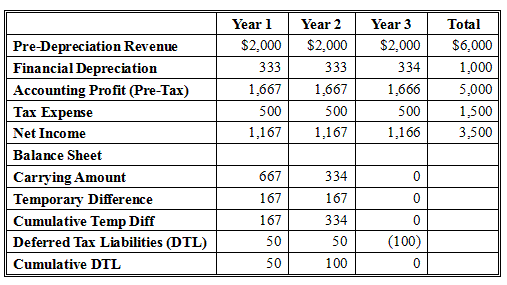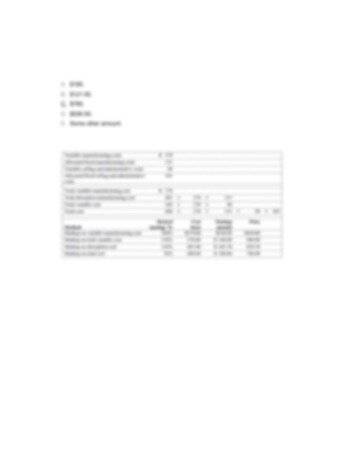Content

In the Choose Filter pane, select Account; from the Account drop-down menu select the Opening Balance Equity account, as shown in the image below. Locate the account, then go to the Action column and select View register. On the deposit transaction screen, click More at the bottom and choose Delete. Working with a remote bookkeeping service will still provide you with all the value you could get from an in-office bookkeeper but at a fraction of the cost. Outsourcing your bookkeeping is more affordable than you would think.
Intuit Announces 2023 Cohort of Toronto Startup Accelerator Program – businesswire.com
Intuit Announces 2023 Cohort of Toronto Startup Accelerator Program.
Posted: Thu, 02 Mar 2023 11:00:00 GMT [source]
How Do I Set Up Equity Accounts In Quickbooks? allows you to make up a new account name which you think better fits the transaction description. Unfortunately, this practice tends to spiral out of control. Revenue accounts are the income a business receives from the sale of its products or services. Revenue account names include sales revenue, income for services, professional fees and commissions. Current assets – The assets owned by the business that can be converted to cash within one year.
How do I clean up opening balance equity in QuickBooks desktop?
If the issue persists, I recommend usingother supported browsersso we can check if this is a browser-integrated issue. Give your new subaccount a name, then selectWhen do you want to start tracking your finances from this account in QuickBooksoption. You or your bookkeeper can close this account in a variety of ways by making journal entries. Clear the balance in this account to make your balance sheet look more professional and clean. This technique lets you keep any amount of detail you want.
- Since this is a non-traditional way to do bookkeeping, I prefer to zero these accounts out against owner equity on a monthly basis so there isn’t any confusion come tax time.
- Select the bank account where you’re depositing the money from the Make Deposits window.
- Then add theBalanceto the account as of the date you choose.
- Please make sure you switch views fromBusiness View toAccountant View.
- Once the account entry process is completed for all accounts, compare the total opening balance equity to the sum of all beginning equity accounts listed in the prior account balances.
On the last page of the New Account interview, check the Is subaccount checkbox. If you’d like to find out more about LiveFlow and how it can help you to automate common reports or even your own very customized reports, reach out to our team. We’d love to tell you more or to book a live demo so you can see it in action for yourself. That means that every time you update your QuickBooks accounting system, your spreadsheets will be updated too. Opening balance equity in QuickBooks is a solution to the problem of how to zero out the opening balance equity in QuickBooks when you first set up your company. Direct expenses are those expenses directly related to producing income from a job, project or product.
Accounting Topics
Even after the account has been set up and if no transactions record exists, the Enter opening balance button will be present. Here’s a balance sheet refresher to better understand opening balance equity. Hopefully, at this point, you are ready to start understanding and fixing opening balance equity in QuickBooks yourself.
What are the four equity accounts?
There are six main types of equity accounts which are common stock, preferred stock, additional paid-in capital, treasury stock, comprehensive income, and retained earnings.
Sometimes corporations want to downsize or eliminate investors by purchasing company from shareholders. These shares that are purchased by the company are called treasury stock. This stock has a debit balance and reduces the equity of the company. A paid-in capital in excess of par value account for the amount investors paid for shares of stock in excess of par value.
Common Errors to Avoid
Owner’s draws, conversely, are transactions that involve taking money out of your business. Although they are called “equity accounts,” they contain both types of transactions. You can find owner’s equity or investments and owner’s draws listed in an equity account. When you set up QuickBooks initially, a wizard guides you through a list of your company’s assets and liabilities. If you have any remaining funds from previous accounts, this money is deposited into the Open Balance Equity account. You can view your total equity by going to your Chart of Accounts and selecting the Owner’s Equity account.

However, that ease of access can also wreak havoc on the chart of accounts of a growing business. You should be aware of how features of QuickBooks can influence your business’s chart of accounts. Create a sub-account to the partner’s capital account to record the amount of investment by the partner. This sub-account tracks each time the partner invests funds into the company and the total amount of the partner’s investment. This article will describe opening balance equity, why it exists, and how to close it out so that your balance sheets are presentable to banks, auditors, and potential investors. Repeat these steps for any other equity accounts that you need to change.
Chart of Accounts from QuickBooks
After adding the partner as a vendor, these steps will help you to set up an equity account for them. One has to set up in advance before putting to use the equity account in QuickBooks. It is a two-steps process in which you would need to set up an owner or partner as a vendor and then set up an equity account for it.

However, the name of the subsections depends on the business type of entity- Sole Proprietors, Partnerships and LLCs, S corporations and C corporations, etc. But largely, the subsections will include three aspects of the equity funds. It is best to transfer opening balance equity accounts to retained earnings or owner’s equity accounts. A common cause of a residual balance on your opening balance equity account is incorrect bank reconciliation adjustments, which result in an opening balance.

